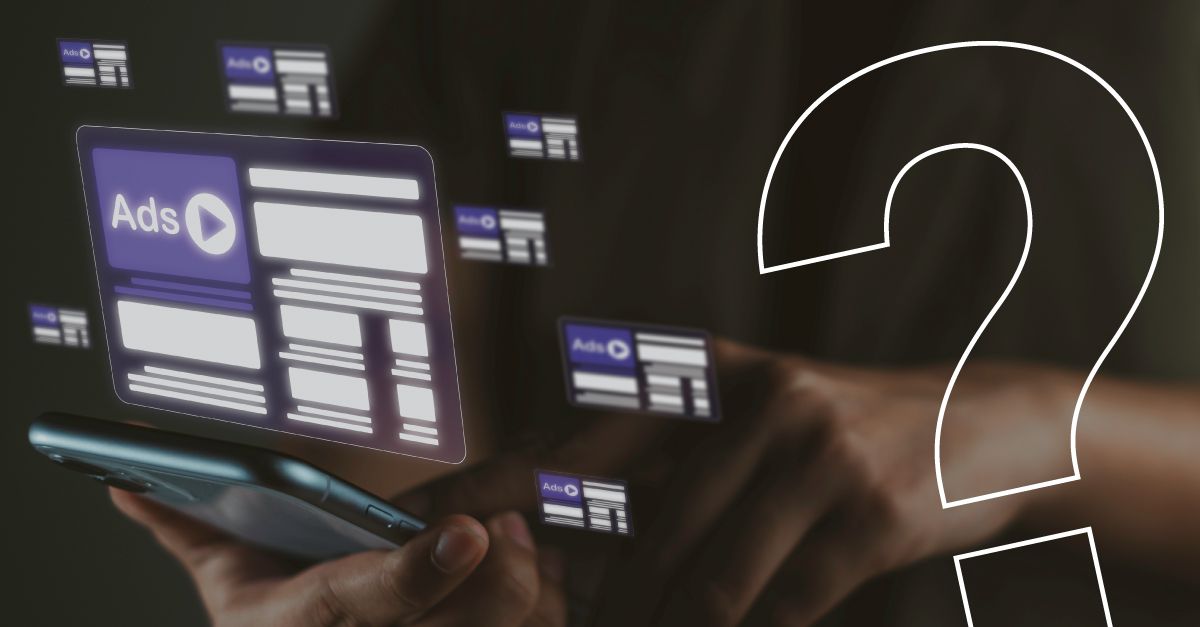
What separates a good programmatic platform from an excellent one? Price, support, ease-of-use, and metric reports are all important, but none are more important than optimization. A platform built for results will help advertisers refine, tweak, and adjust ongoing campaigns for the most efficiency. In this week’s blog from Genius Monkey, we’re taking a look at real-time campaign optimization through predictive analytics. Let’s dive in:
A Crash Course in Predictive Analytics
Predictive analytics is the science of knowing when a consumer is ready to take an action. Machine learning analyzes huge amounts of historical and real-time data to create models for consumer behavior. As a user interacts with ads and brands, the model predicts the next action the user will likely take, including where they will take it.
Normal digital advertising is very reactive, where an advertiser pushes offers related to a site the customer has recently visited. Using predictive analytics allows advertisers to take a proactive approach, reaching out to individuals who have demonstrated behavioral patterns of someone ready to convert.


Placements are not chosen based only on user affinity groups, but on real-time data that allows you to present your message right when the customer is interested. This allows campaigns to be agile, responding and placing ads where they will have the greatest effect on your audience.
This can often lead to placing ads in unexpected places, but this is by design. The Genius Monkey platform is designed to follow your customers wherever they go, rather than wait around to see where they might go.
The Effects of Real-Time Campaign Optimization
The obvious effect of predictive analytics is improved ad performance. If the people seeing your ads are the people who are most likely to take action, then the number of desired actions taken is likely to go up. More customers will enjoy higher-quality engagements, leading to healthier metrics and more conversions.
Secondly, predictive analytics improves the efficiency of the ad buying pipeline. If the people seeing your ad are the most likely to take action, then less of your ad spend is being used on placements that don’t result in engagement. If the model can guess where the consumer will be, it can further optimize the network path it takes to get there. Buying through multiple networks over the course of the customer journey will decrease costs in the long run and vastly increase return on ad spend.


Thirdly, predictive analytics removes much of the guess-work, allowing advertisers more time and resources to split-test and optimize. With a true algorithm that can optimize split tests of creatives, media tactics and various different elements at one time you will have plenty of data to make more informed decisions based on what is working and not working for reaching your target audience.
Finally, real-time optimization creates a virtuous cycle that builds a positive feedback loop. Predictive analytics is built on data, which can inform your decisions for campaigns. These campaigns will produce even more data, which feeds back into your analytics and decisions for later campaigns. It’s important for advertisers to work with a platform that makes this kind of data available.
How to Start Implementing and Converting
If you’re now sold on the idea of real-time optimization through predictive analytics, then it’s time to start implementing. It all starts with good data; advertisers can draw from first- and third-party party sources and clean it up with processing tools like Kafka or Fink. This data can be used by an AI to create a model, focusing on the metrics and details that a human advertiser deems most important.


Advertisers can use a variety of algorithms to predict conversion probability, optimal bid pricing, or churn risk. Some examples of algorithms include:
- Logistic Regression
- Decision Trees
- Deep Learning/Neural Networks
Finally, advertisers need to make sure their DSP system will allow integration of the chosen model. Predictive analytics is all about shorting huge amounts of data, and not every platform is designed to incorporate data at that scale.
OR!!
Advertisers can use a platform that already incorporates and utilizes these tools. Genius Monkey, for example, is a platform built on machine learning as the primary method of selecting ad placements for users. Real-time campaign optimization isn’t an extra step or a premium service; it’s standard procedure for the best results.


Genius Monkey’s industry-leading metric reports lets you see the optimizations take effect in real-time. Many new users see results in as little as ten days, and most see a substantial upturn in conversions within 3-4 months. If you’re ready to start increasing your conversions and evolving your digital marketing strategy, get in touch with Genius Monkey today!




